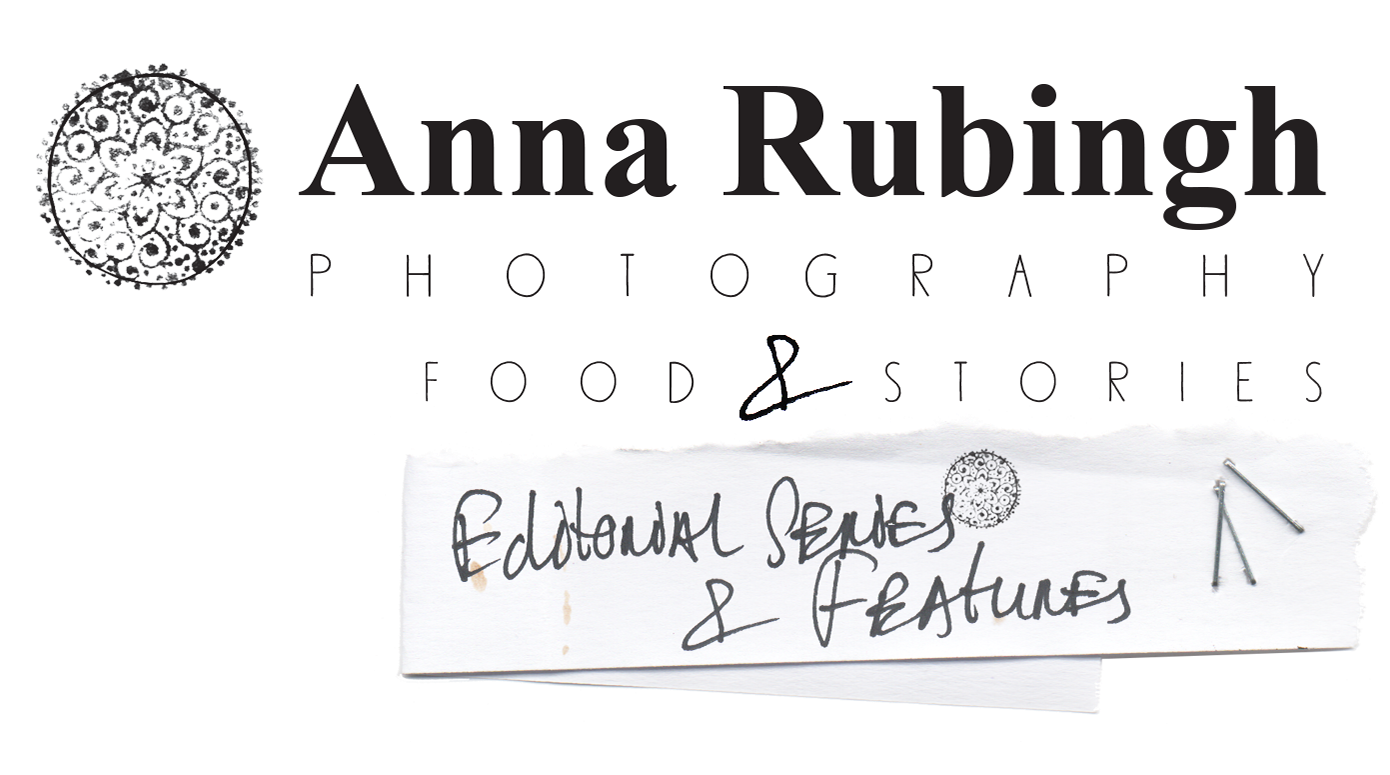Photography & Words: © Anna Rubingh

IE 001
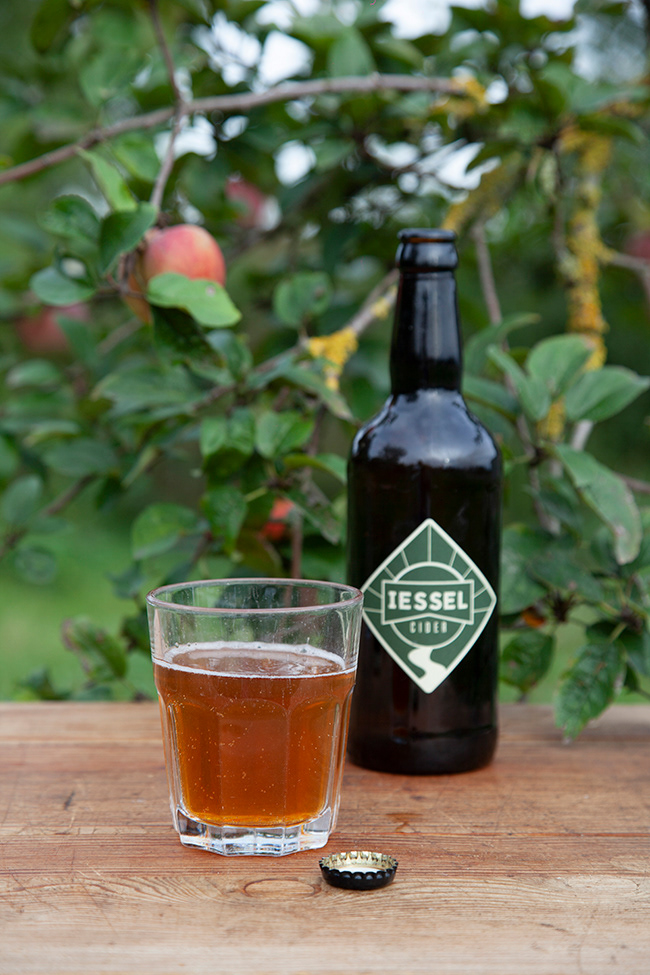
IE 002
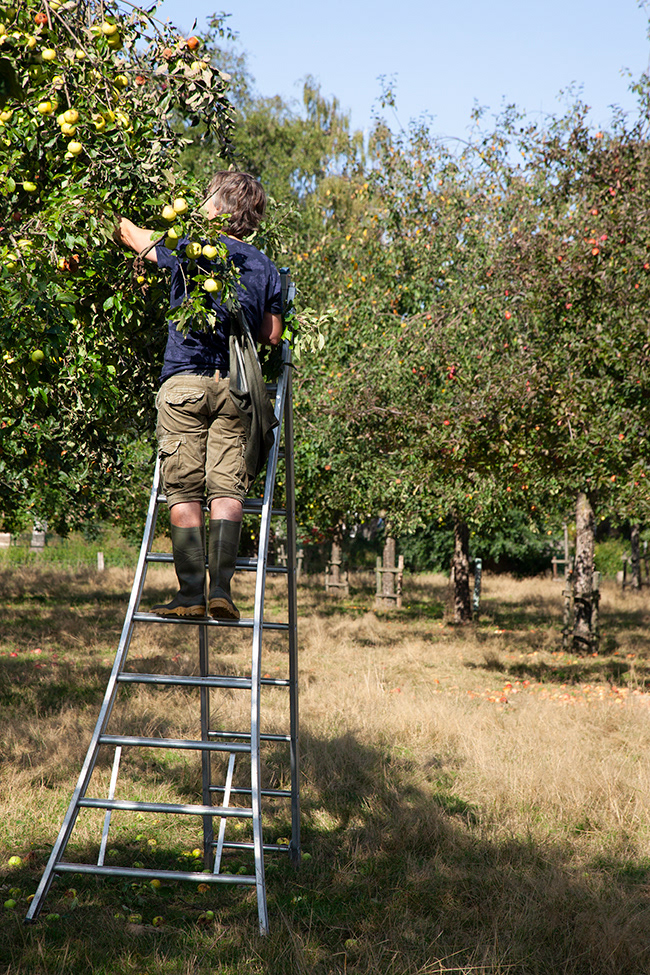
IE 003
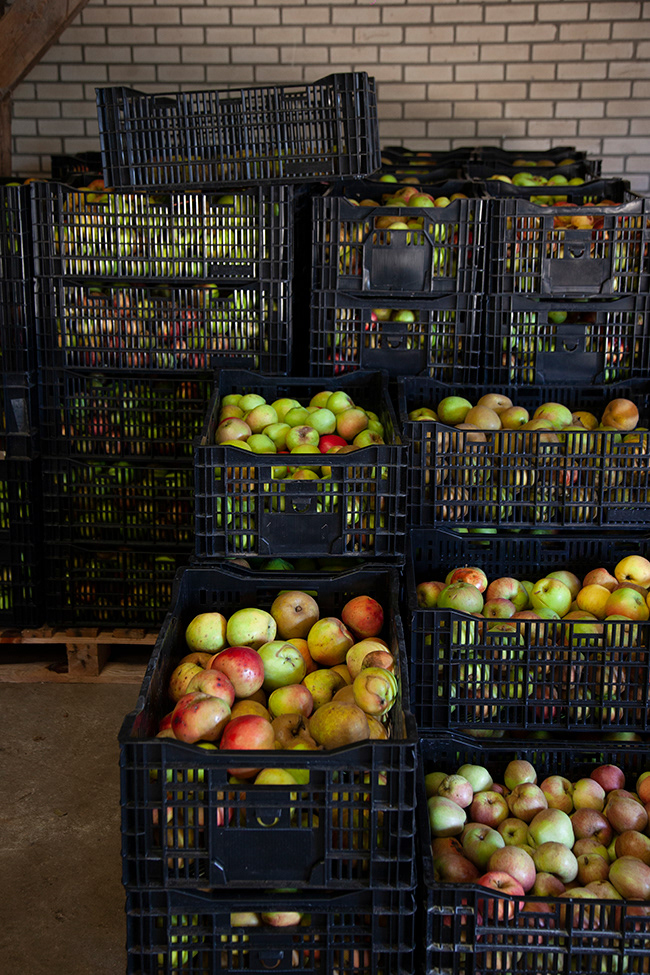
IE 004
In an old monastery in Diepenveen in Overijssel, near Deventer in the Netherlands, Rob and Marin process the harvest of old varieties standard fruit trees from the IJssel region in an artisanal way to a beautiful dry cider, IESSEL Cider. In that way, this beautiful product contributes to the preservation of the standard fruit orchards in the IJssel region and the old varieties of fruit found there.
"Look," says Rob, one of the two founders of Overijssel-based Iessel Cider, "that's what I do it for." He points to the richly filled apple trees in the orchard with old variety standard fruit trees. "Otherwise, all that beautiful fruit goes to waste." In addition to his work for Iessel Cider, Rob is also, or perhaps especially, committed to the old standard orchards that used to have a prominent place in the landscape around the IJssel, a river that runs through the centre of the Netherlands. "With the “IJsselboomgaarden foundation” we are trying to preserve these special old orchards and partially replant them, because they really belong in this landscape," Rob explains.
There is a lot of fallen fruit under the trees. "We do not use those," says Marin, the other founder of Iessel, "they rot too quickly due to bruising, we actually pick the apples for our cider." In the harvest season, they go picking almost every weekend with a group of volunteers. "We try to make a nice mix of apple varieties, preferably with a bit of acid in them, because we make a dry cider," Marin continues, as he walks with a ladder under his arm to the next apple tree that has branches heavily loaden with beautiful red apples. "We use old apple varieties that you won't find in the supermarket."
In the cider mill, just down the road in an old monastery, the harvest is processed into cider. In one of the monastery's barns are crates full of apples. "After a year, the result is a fantastic dry cider, made entirely from apples from standard fruit trees in the IJssel region. "That way you preserve the old landscape, and you have a beautiful, traditionally made product with its own taste."
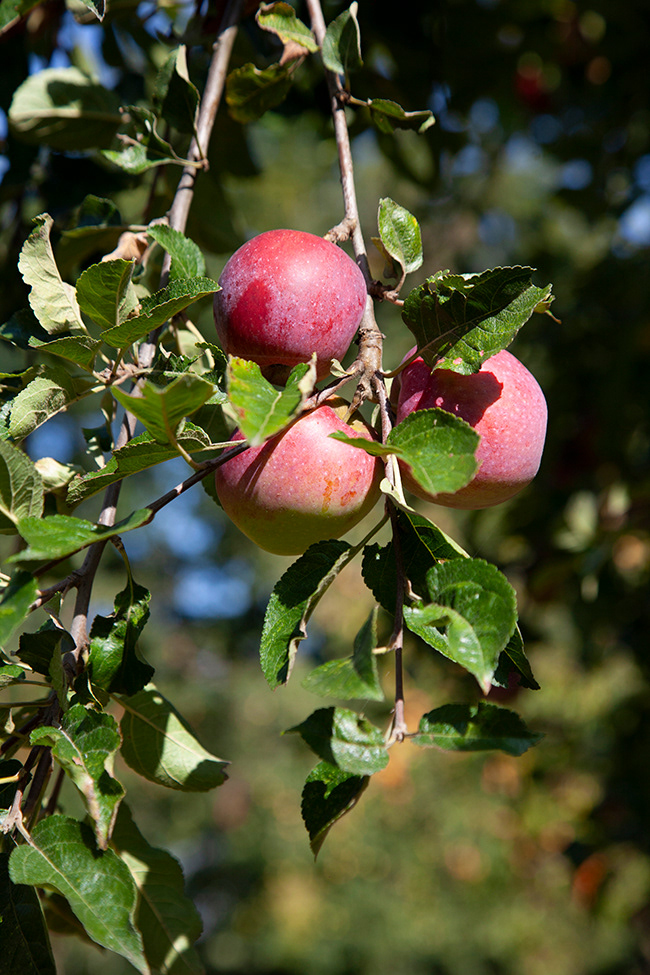
IE 005
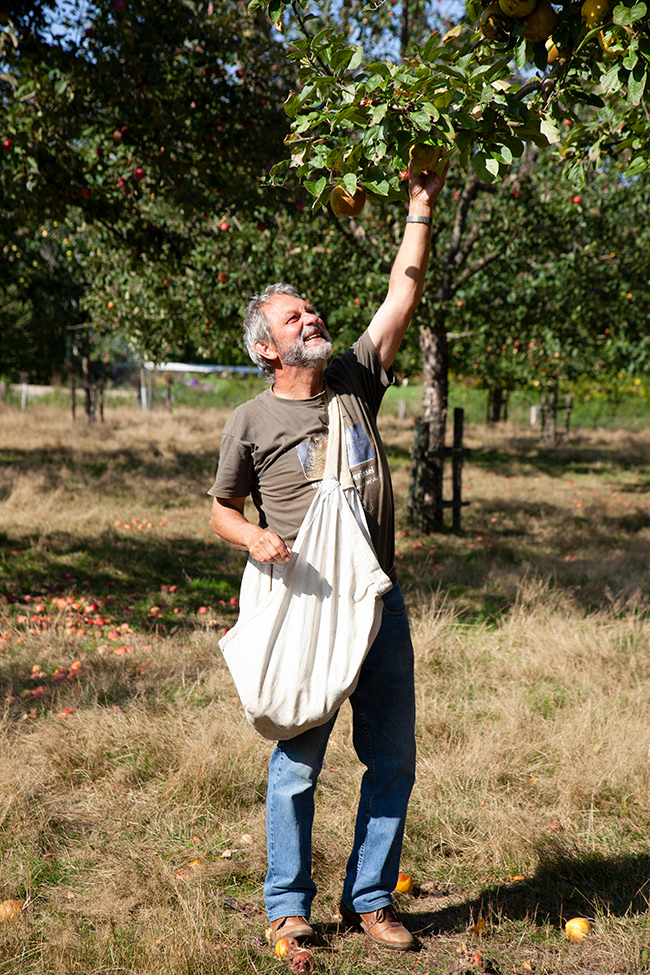
IE 006

IE 007
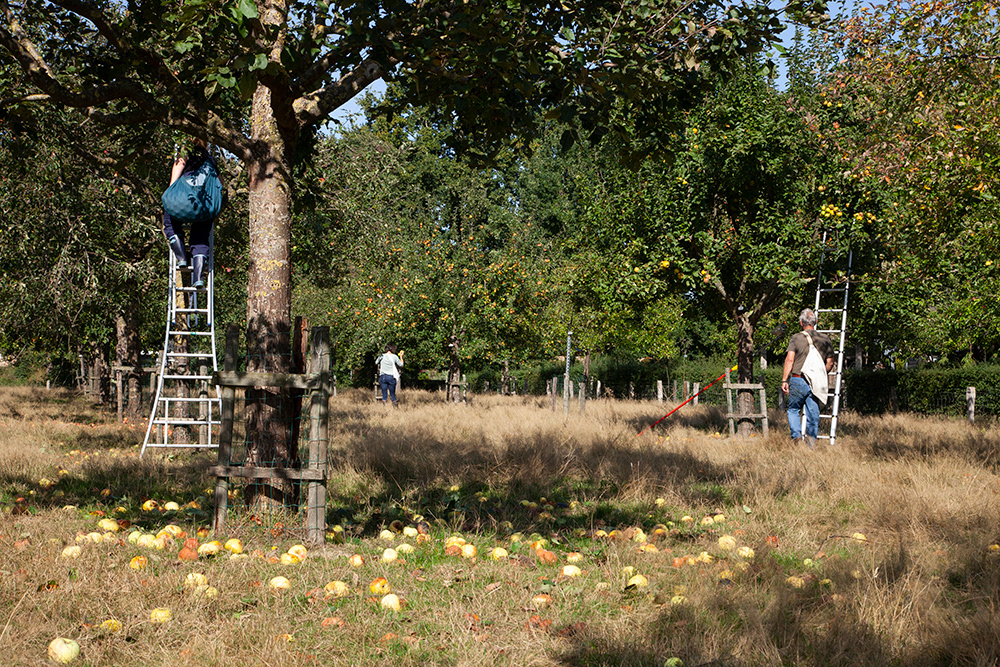
IE 008

IE 009
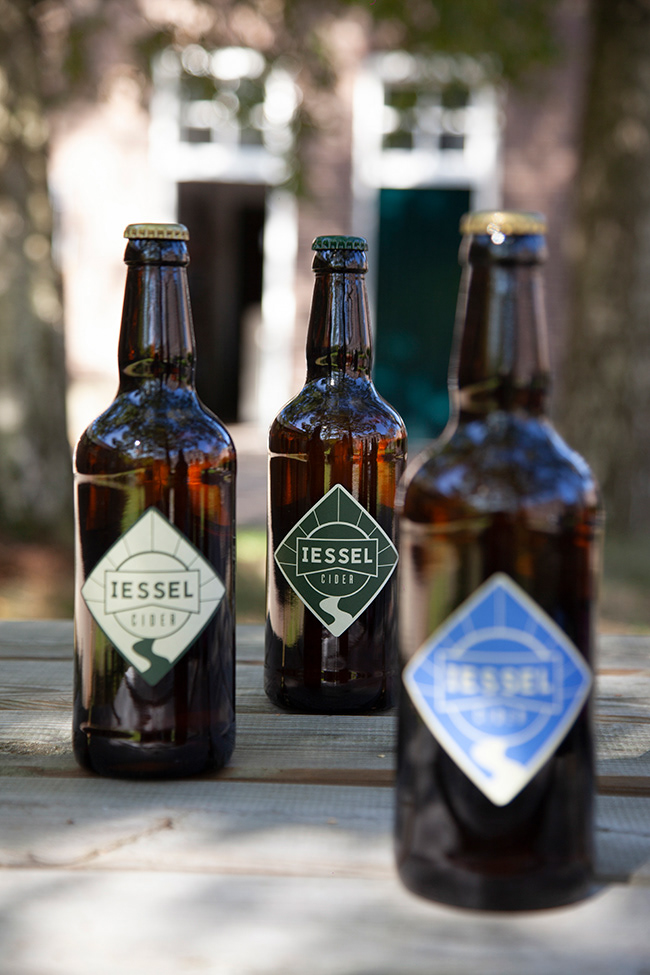
IE 010
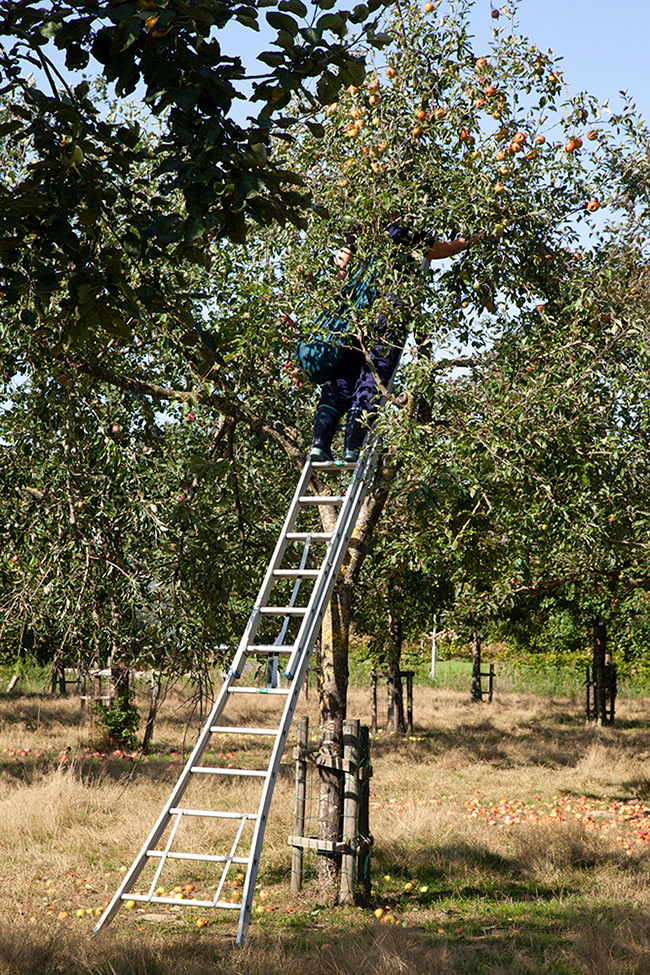
IE 011
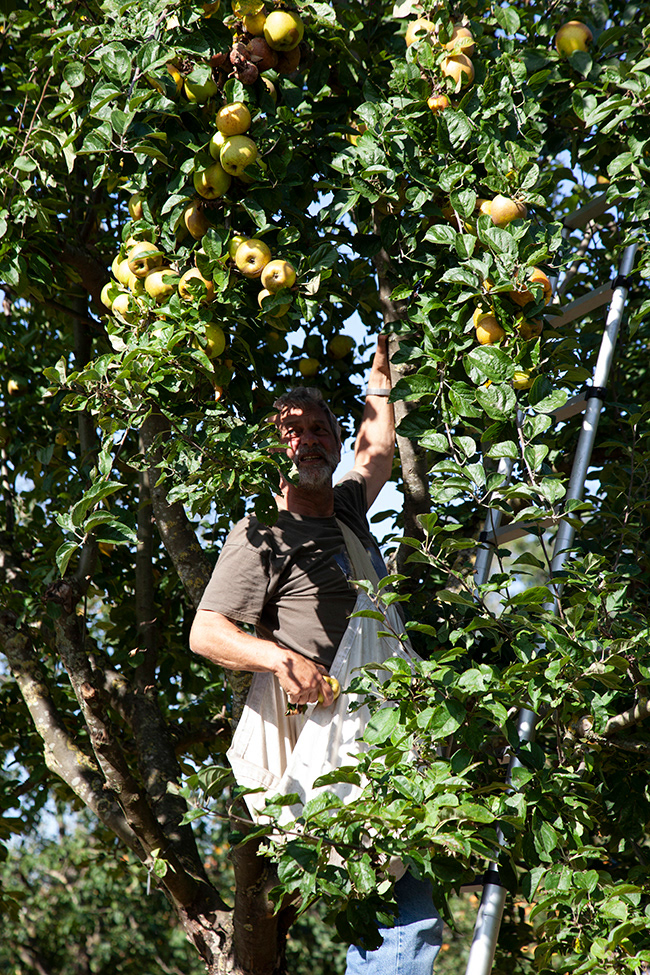
IE 012
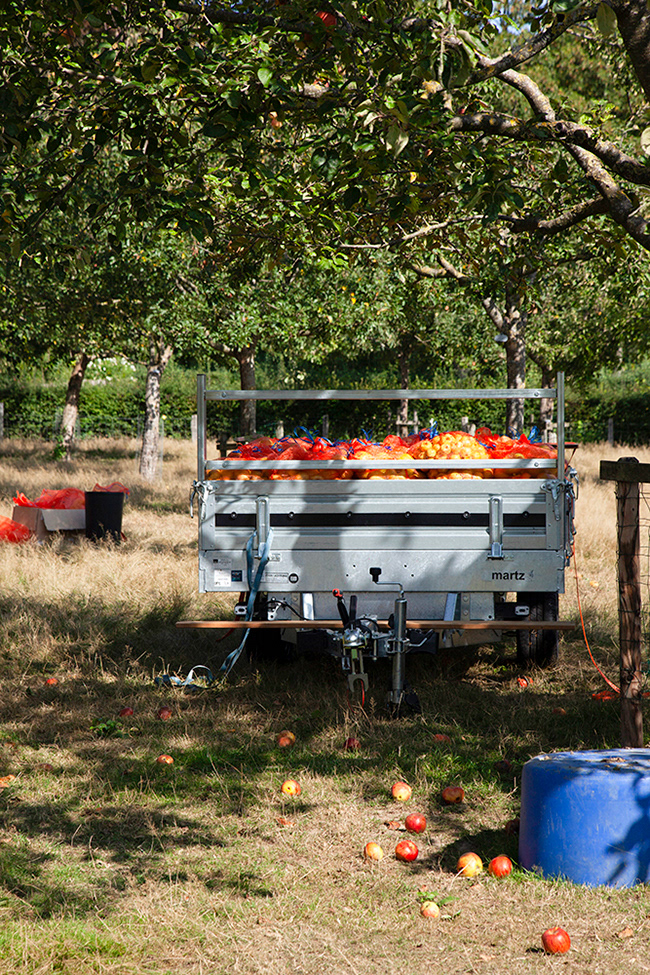
IE 013

IE 014
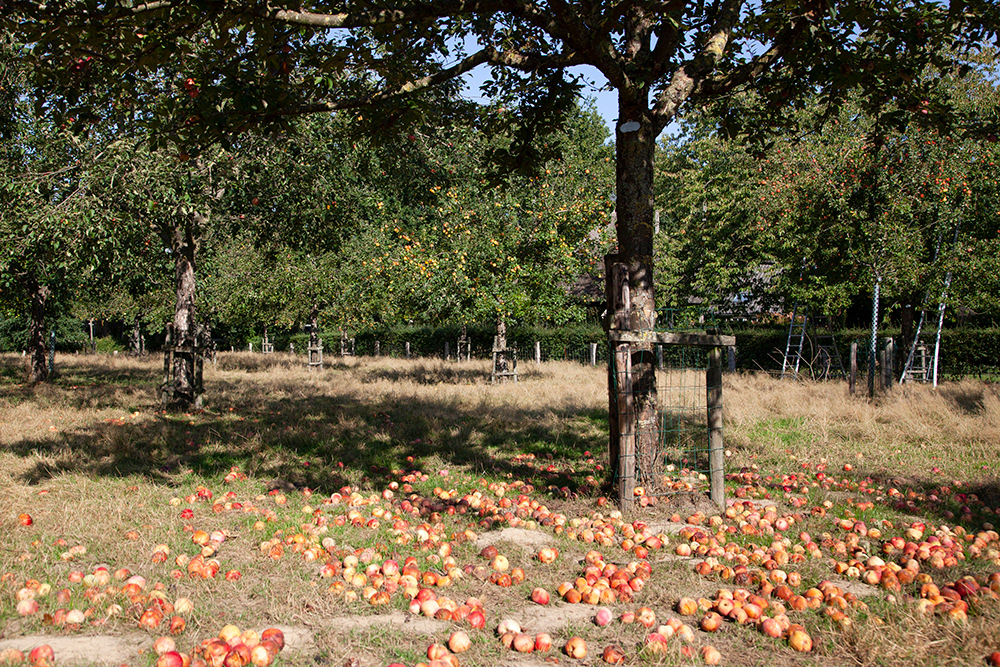
IE 015

IE 016
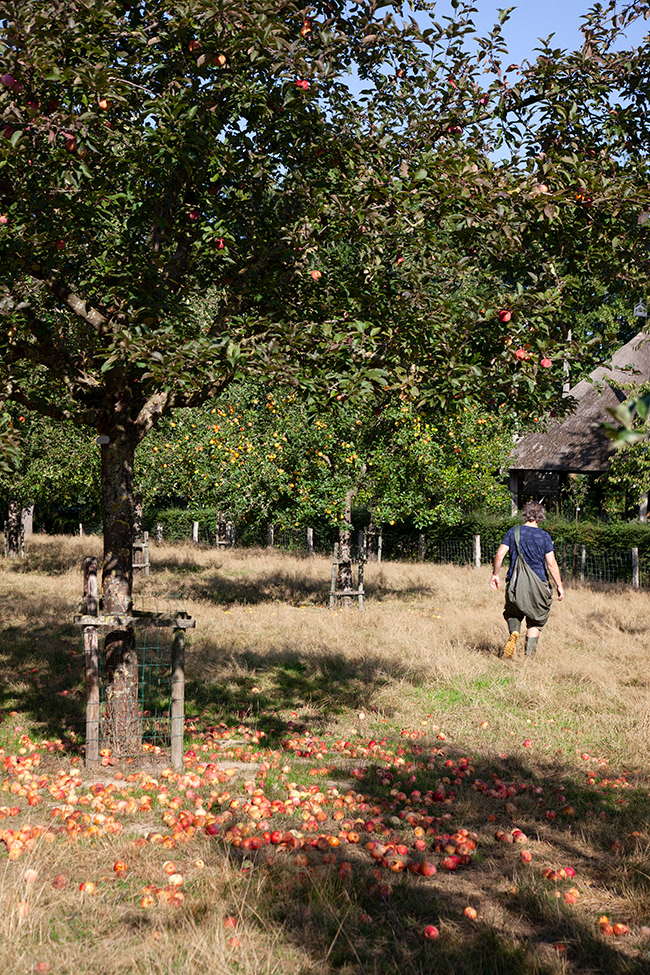
IE 017
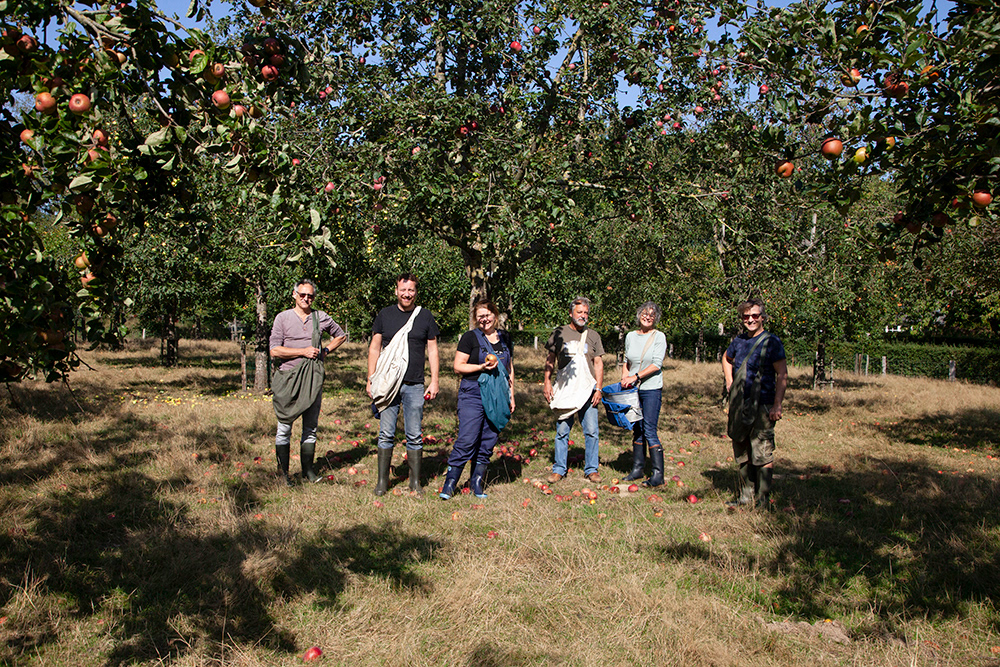
IE 018
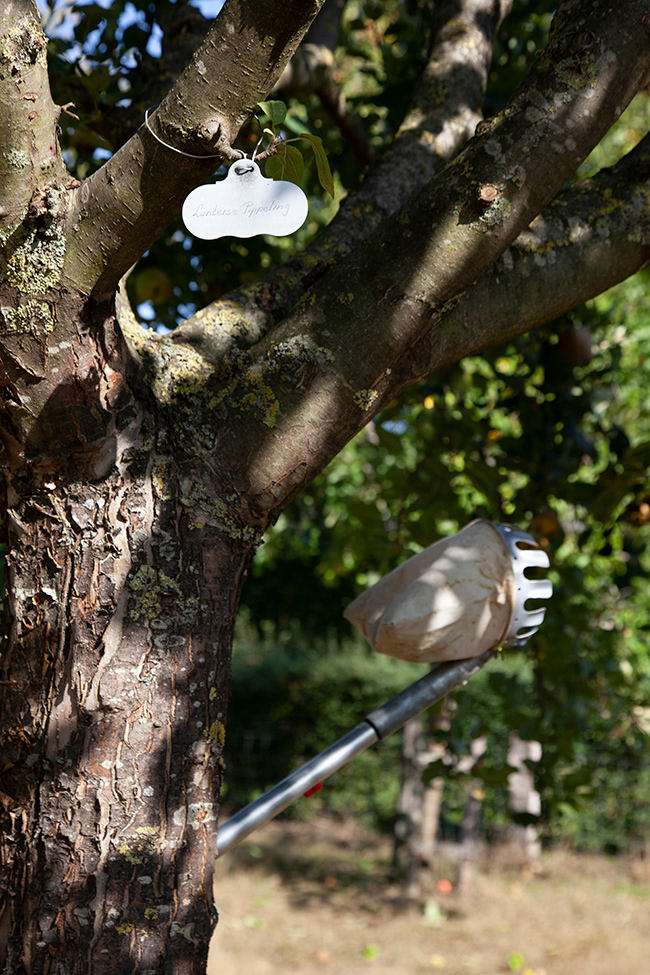
IE 019
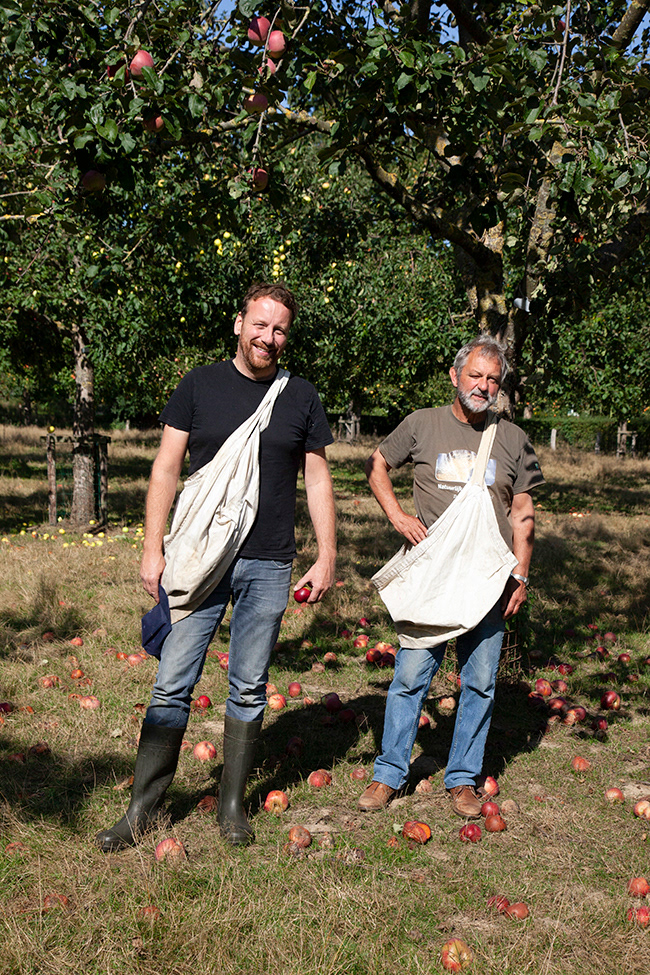
IE 020

IE 021
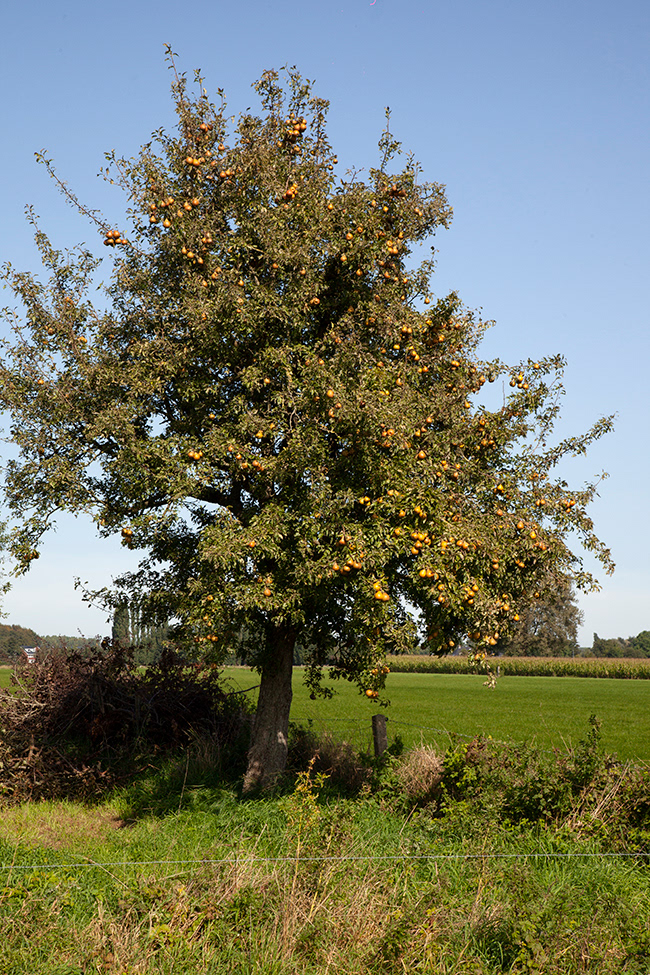
IE 022
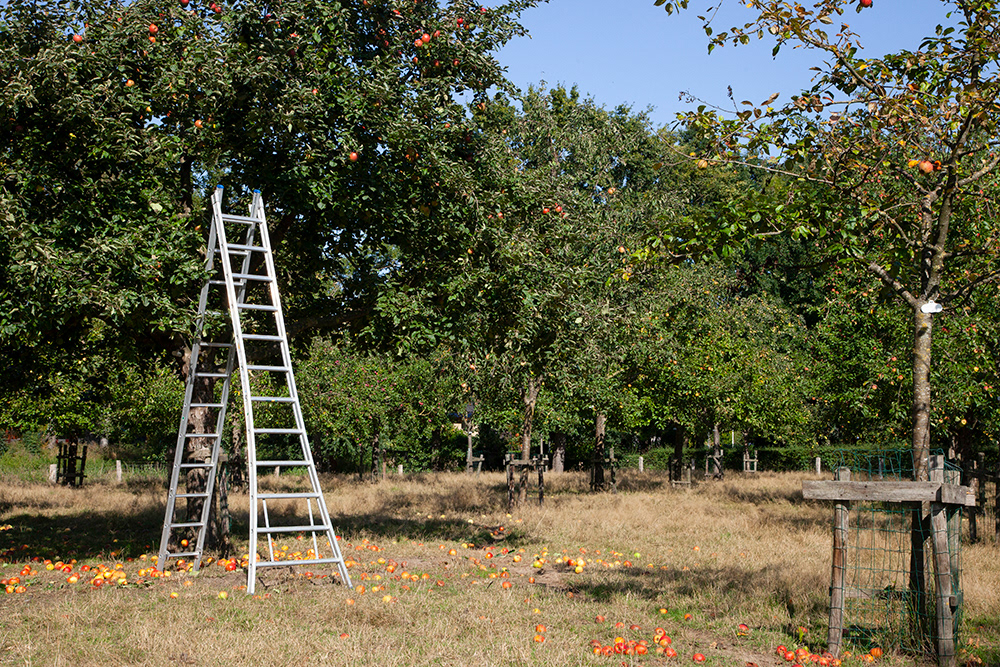
IE 023
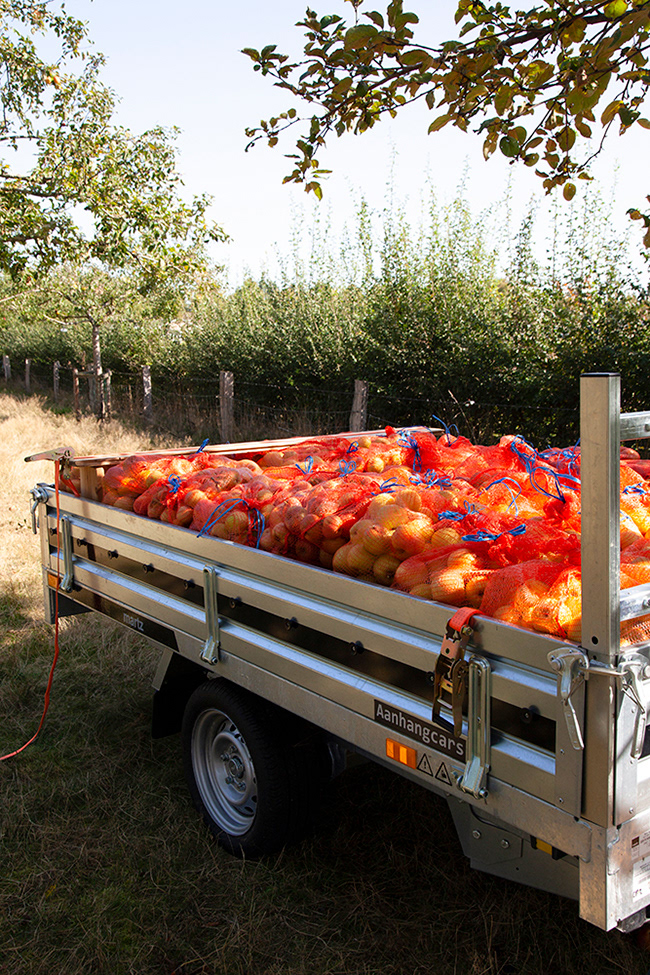
IE 024

IE 025

IE 026

IE 027

IE 028
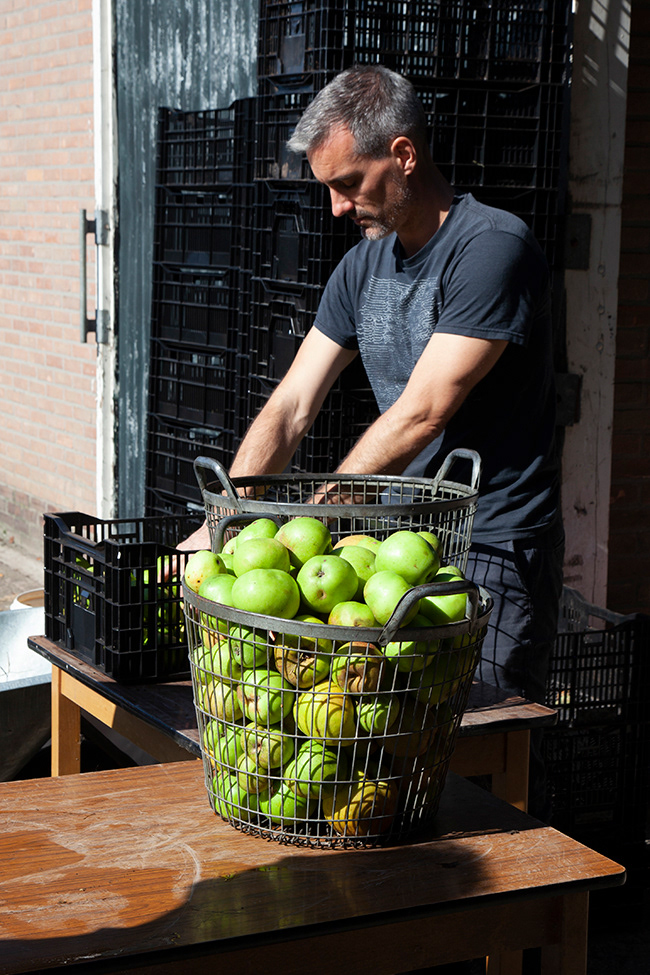
IE 029
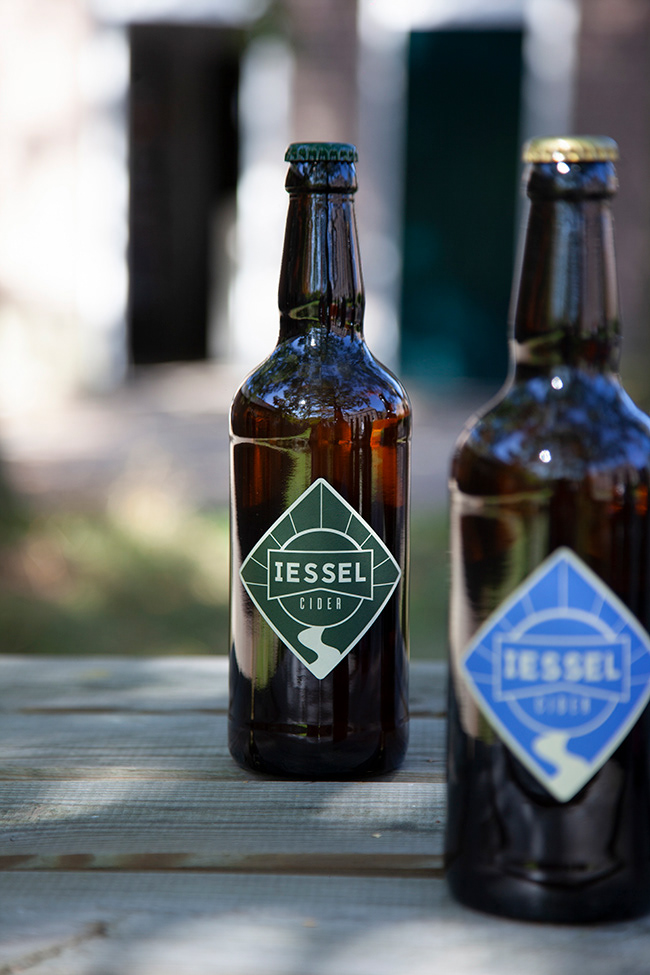
IE 030

IE 031
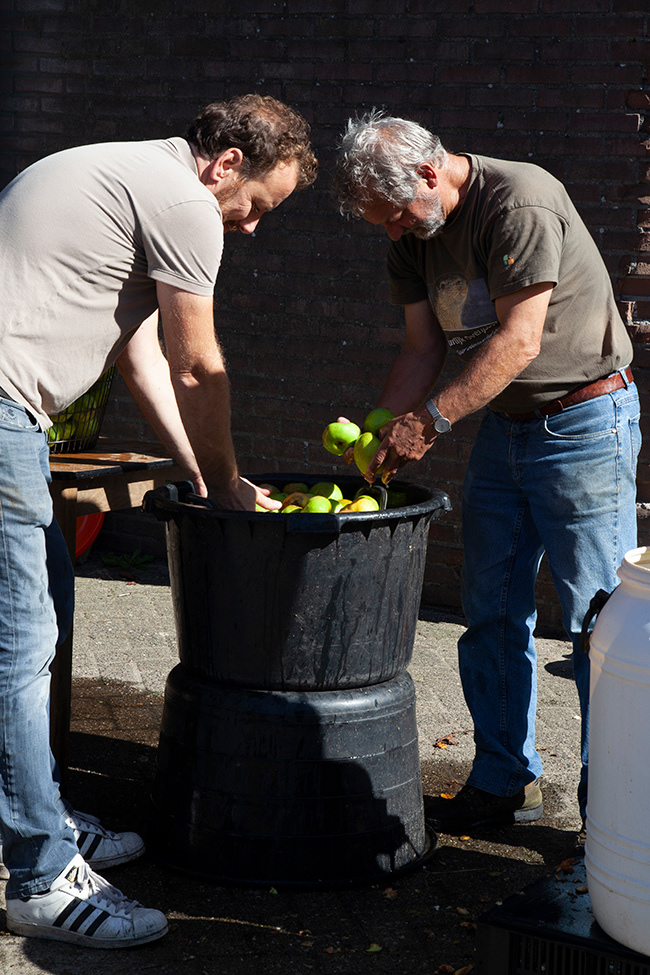
IE 032
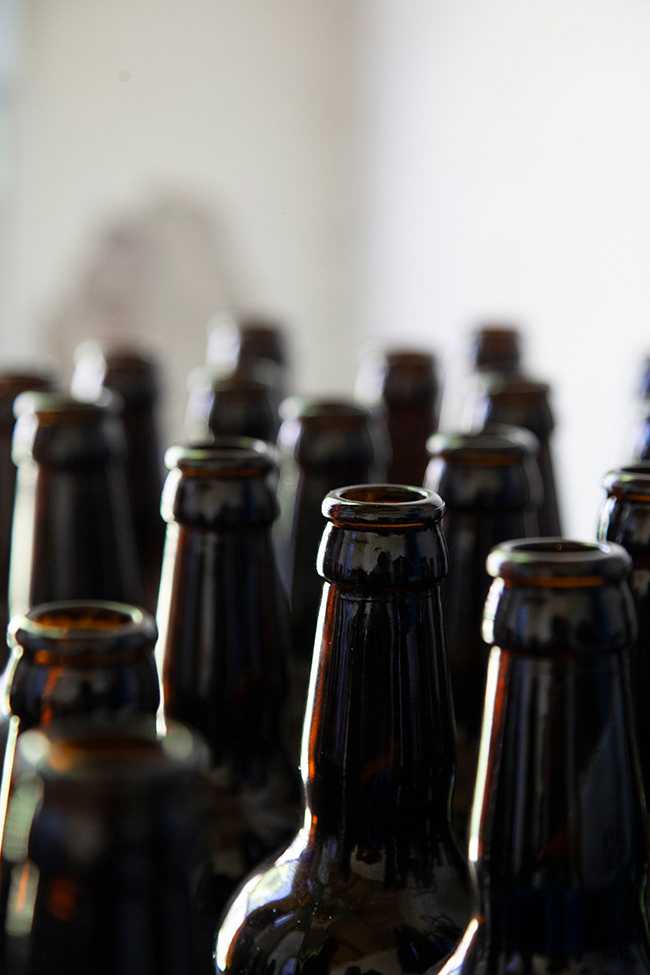
IE 033

IE 034

IE 035
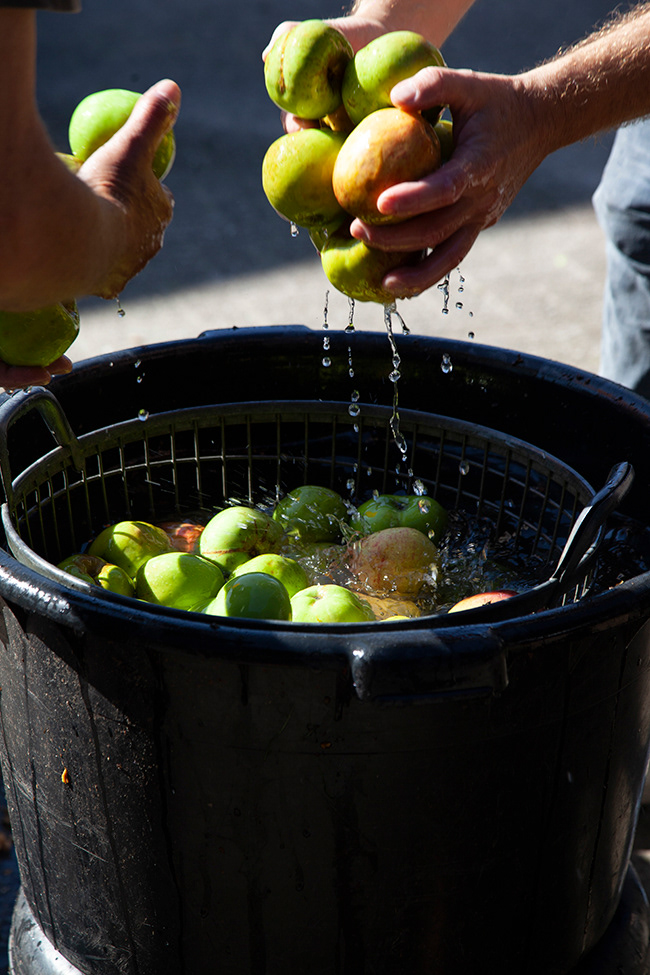
IE 036

IE 037
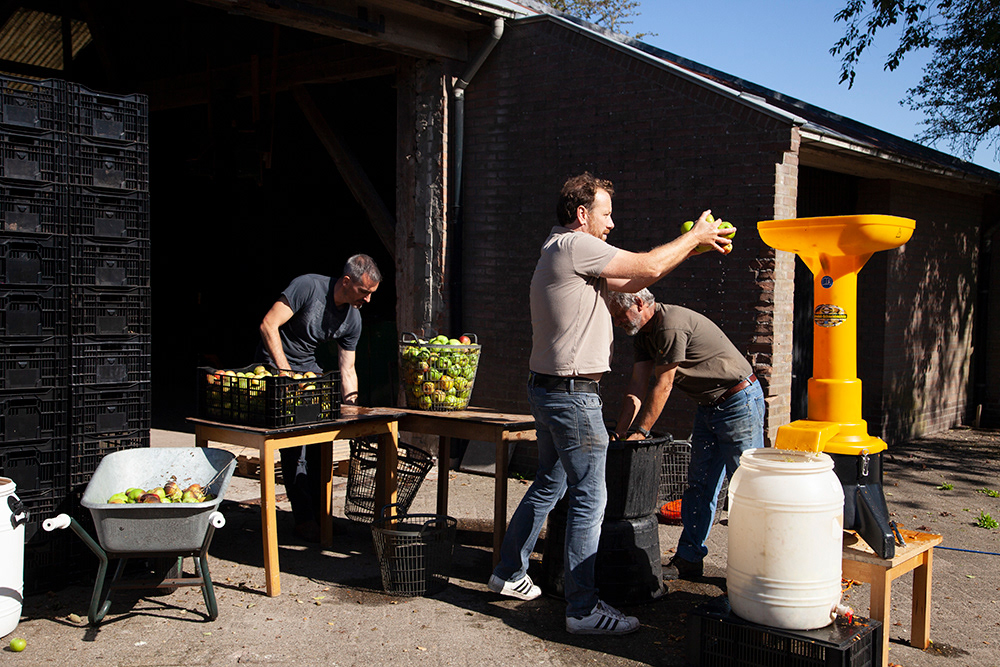
IE 038
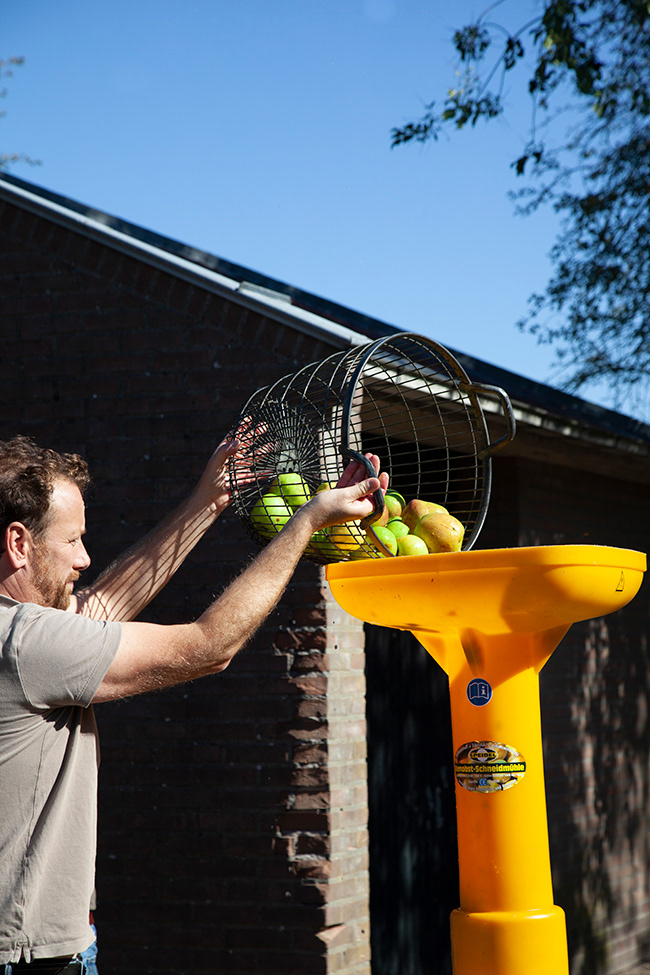
IE 039

IE 040
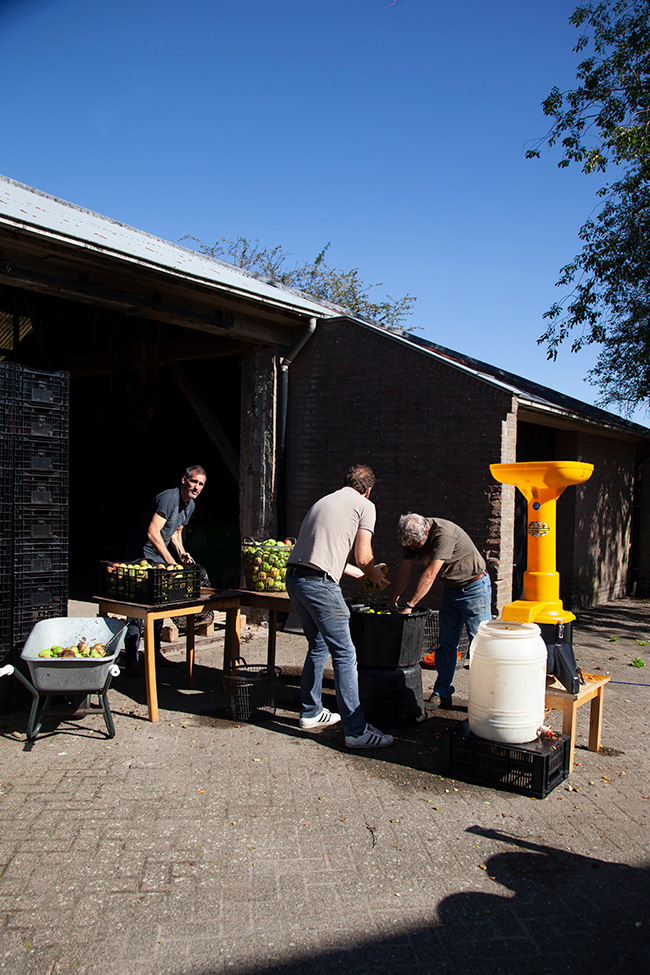
IE 041

IE 042
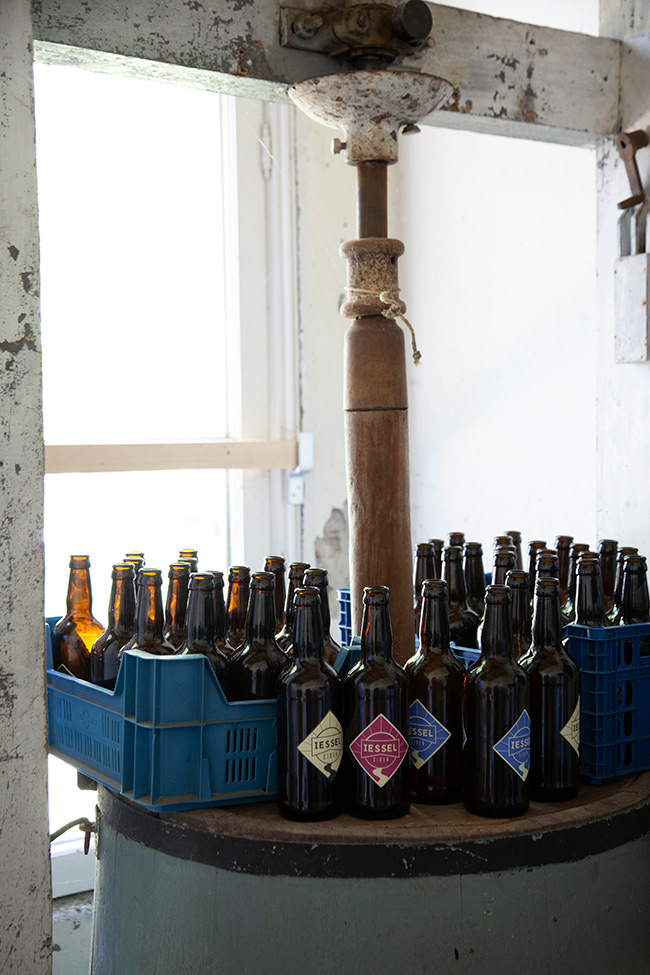
IE 043

IE 044
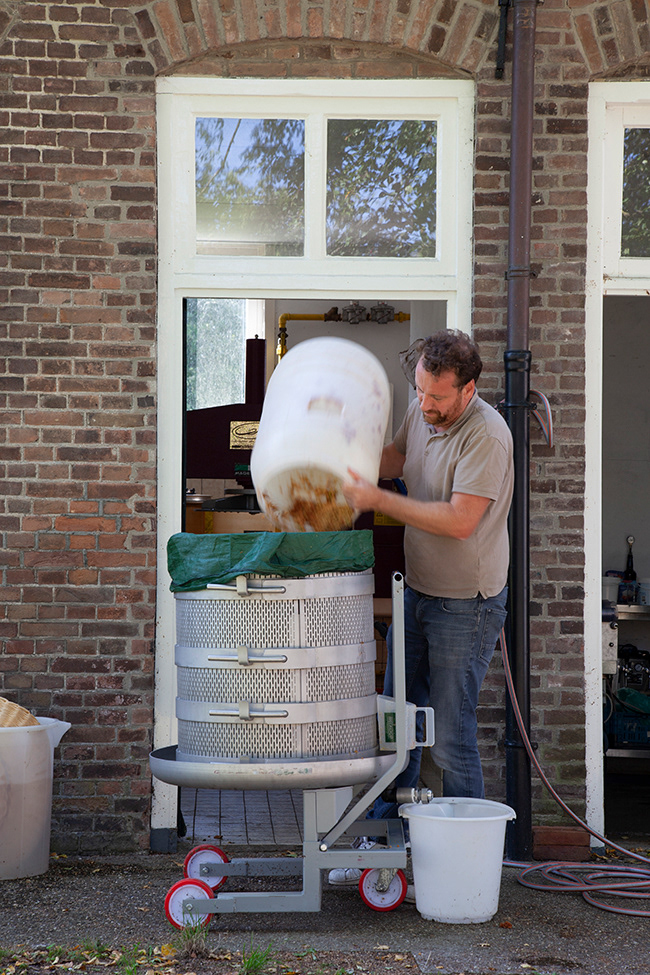
IE 045
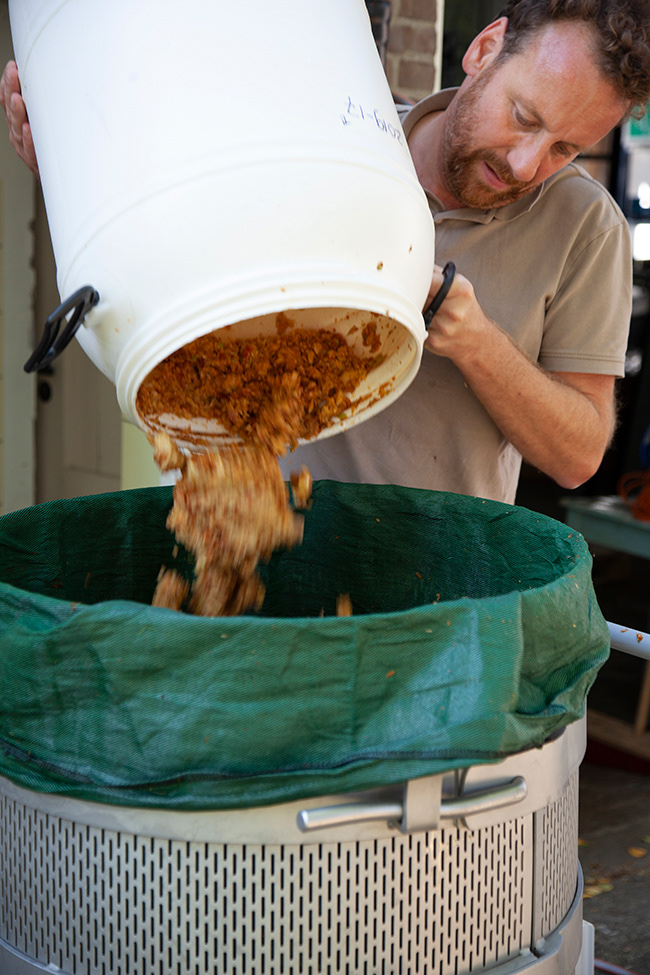
IE 046

IE 047

IE 048
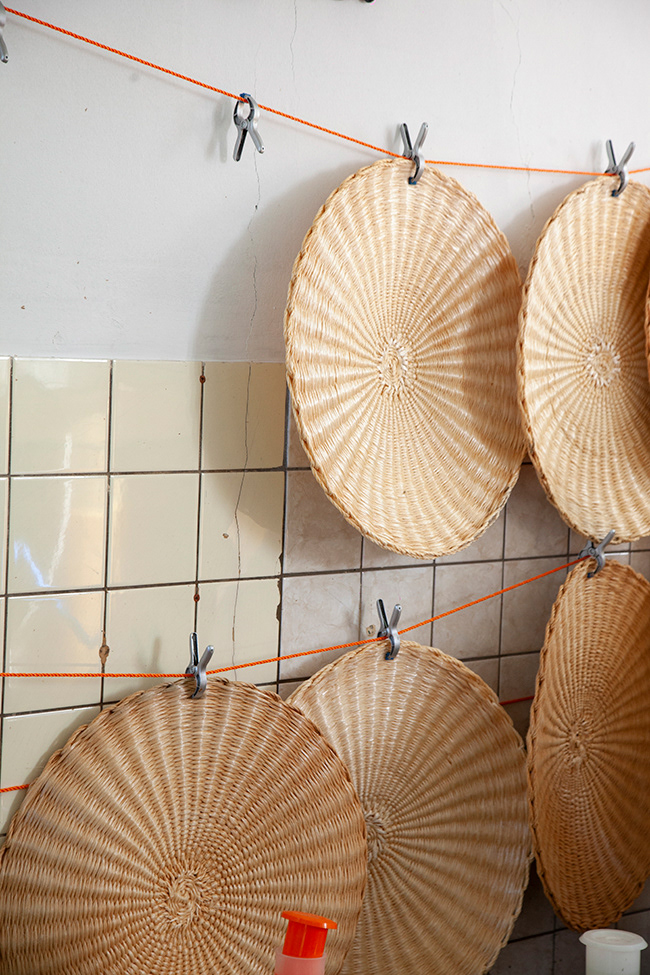
IE 049

IE 050

IE 051
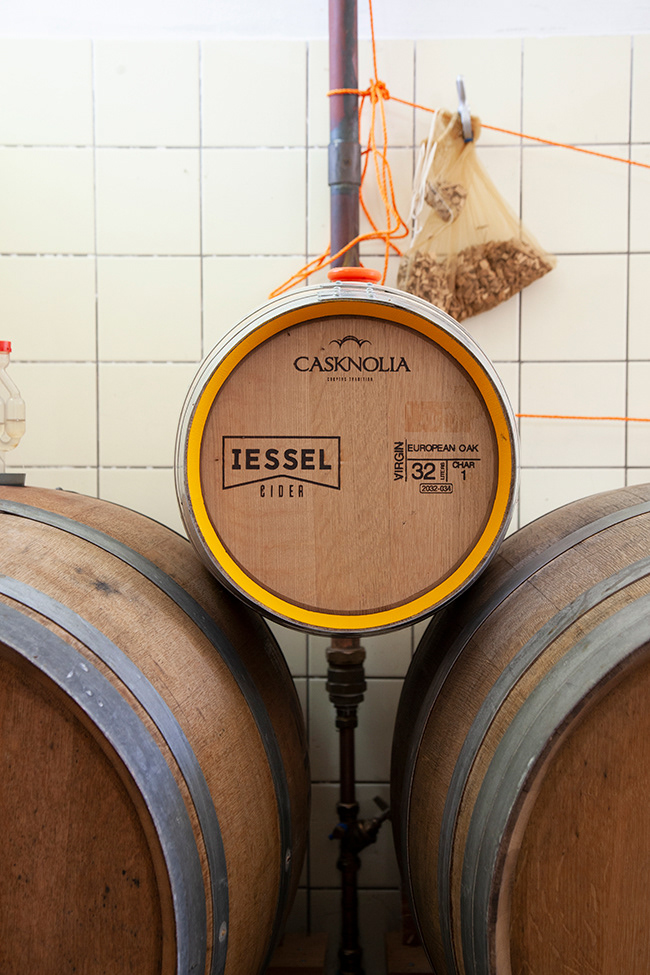
IE 052
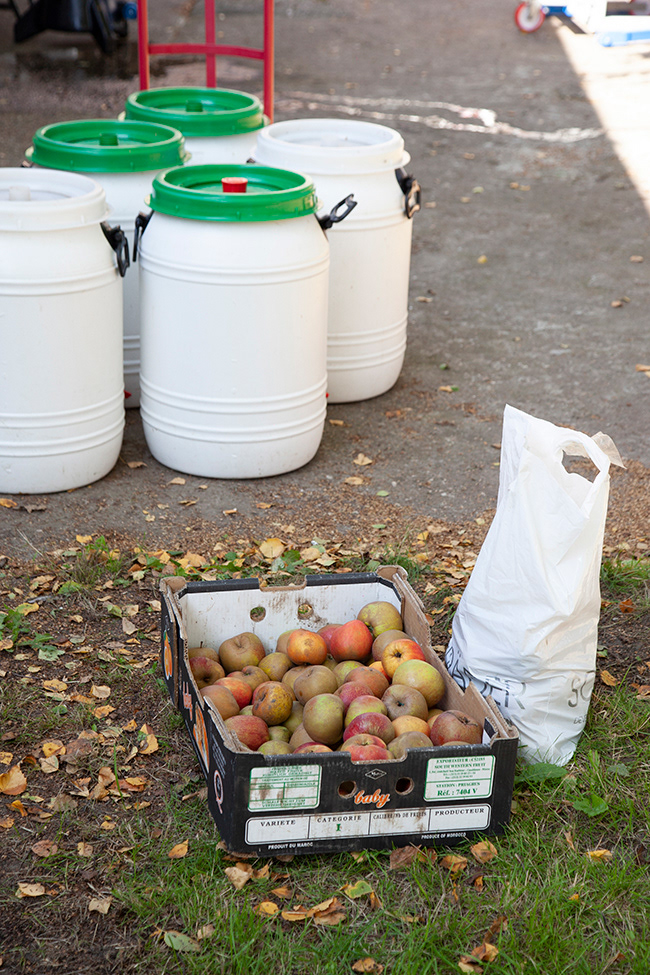
IE 053
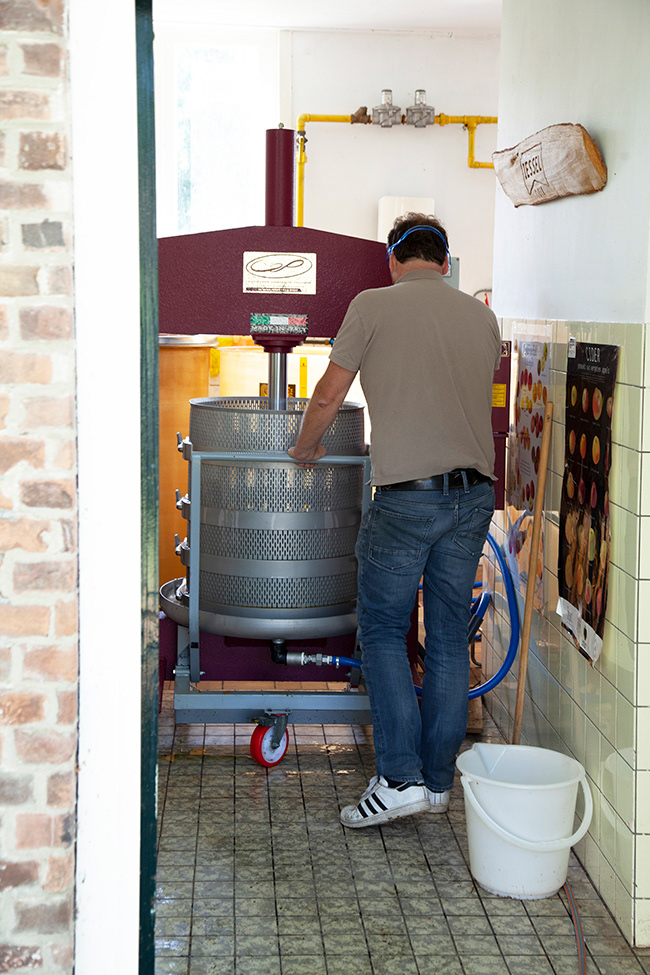
IE 054
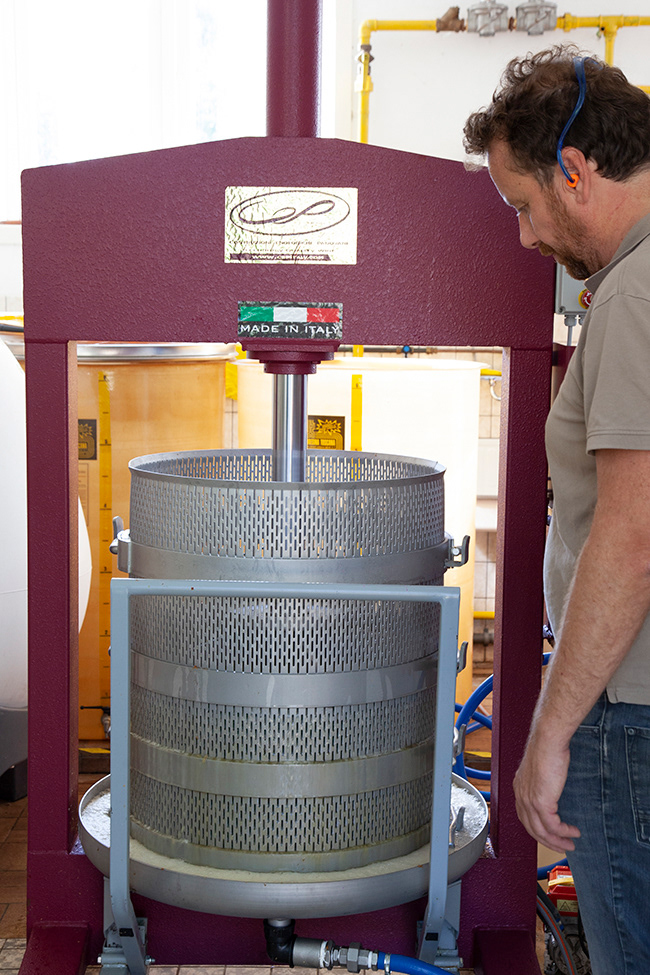
IE 055
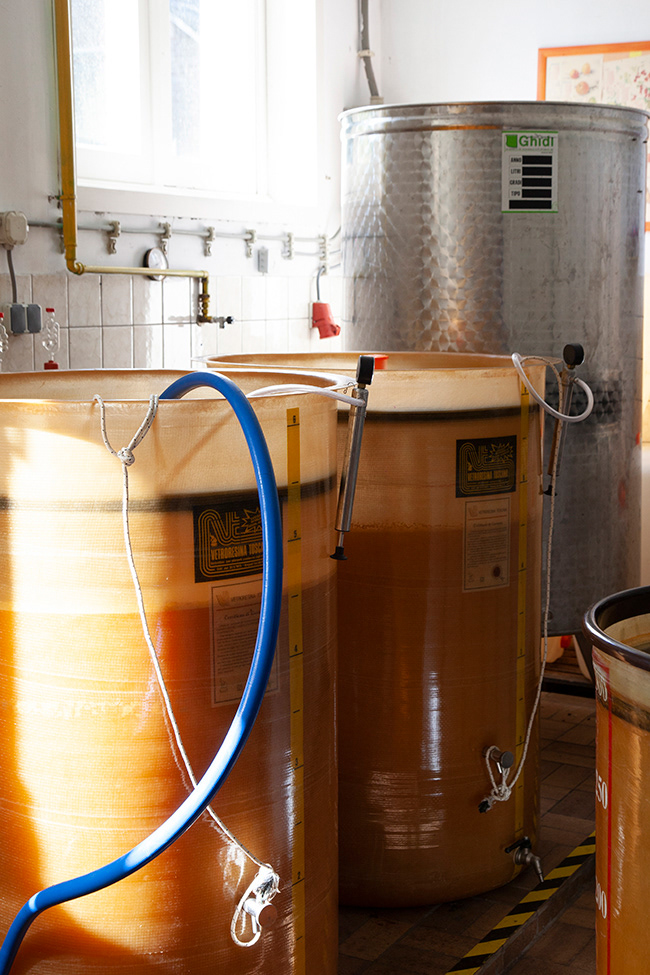
IE 056
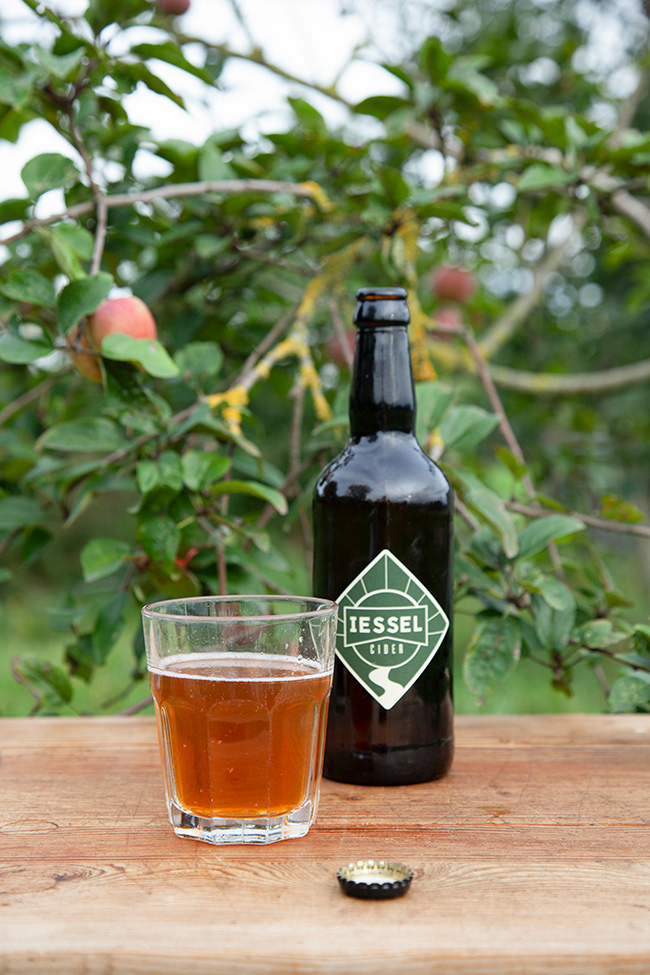
IE 057

